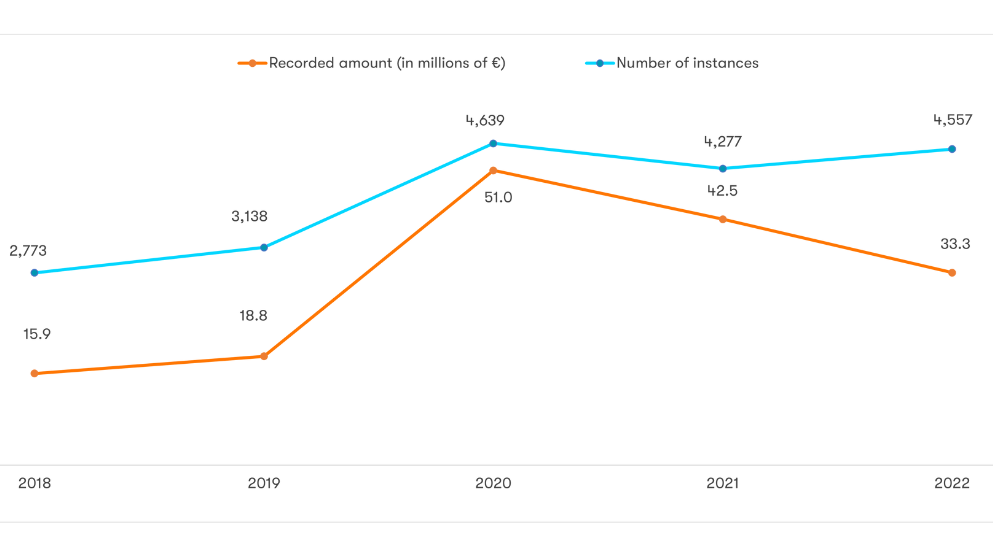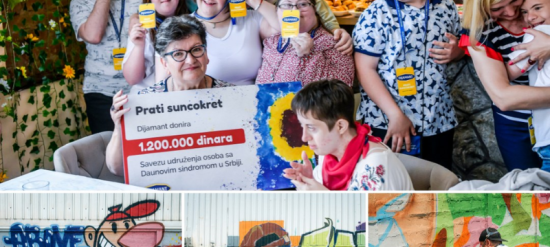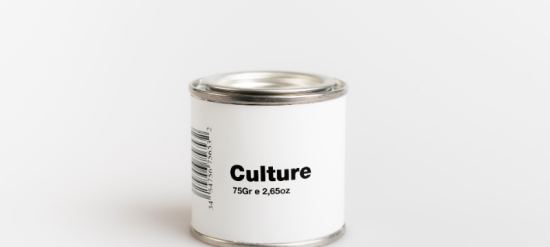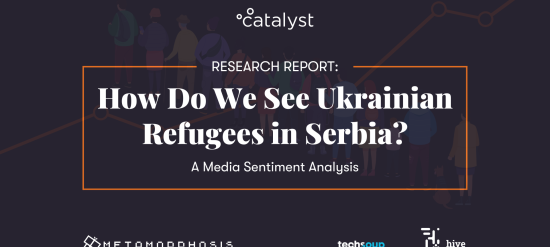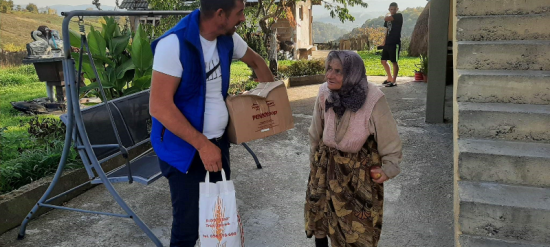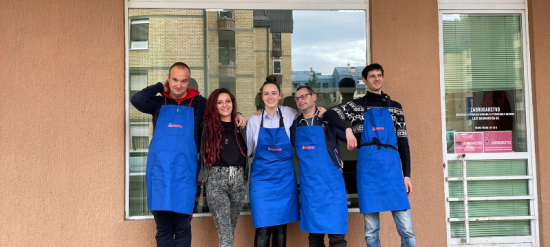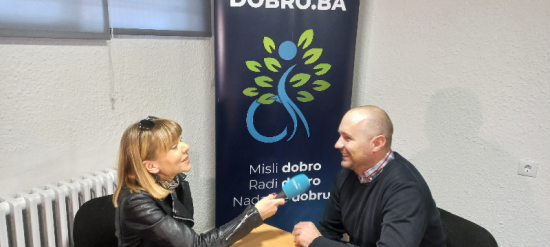Giving Serbia 2022
Giving Serbia 2022: Report on the State of Philanthropy
TOTAL RECORDED GIVING
€ 33.3 million
Recorded amount
4,557
Number of instances
![]()
€ 5.0
Recorded donation per capita
TRENDS OF GIVING
CAUSES
DONORS
RECIPIENTS
FINAL BENEFICIARIES
INTENDED EFFECTS OF GIVING
To learn more about our methodology, please read this article.

Highlights
Inclusion includes and supports all individuals, regardless of their...
May 3rd in Belgrade was a day that will stay with us, as just a few moments...
Investing in the development of culture and art in the Western Balkans is one...
Blog
Our team once again played a role in shaping the 2025 Global Philanthropy...
A Warning from European Civil Society Organizations
What are the ways information and disinformation circulate among media outlets in Serbia...
Interviews
Through humanitarian activities and with the support of the community, the...
Association Zadrugarstvo was founded by families of people with...
They started as an informal Viber group, and today they are a recognizable...
